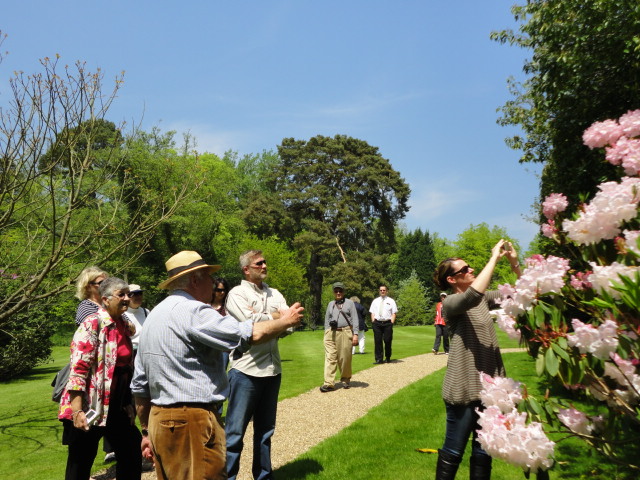Physic and Botanic Gardens
Physic and botanic gardens in Britain have a long history stretching back to the 1600s.
The first physic garden in Britain was set up at Oxford University in 1621 with £5,000 donated by Henry Danvers (later to become the Earl of Danby). This was a huge sum of money in 1621 – the equivalent of £3 million today. Danby had been an undergraduate at Christ Church and had subsequently served in the Army and the Navy. Although this was the first physic garden in Britain, there were already similar gardens in Europe. Danby had probably visited these. (Pisa University in Italy opened the first physic garden in Europe in 1543).
The second physic garden established in Britain was at Edinburgh University in 1670, by Dr Robert Sibbald, their first Professor of Medicine. This was the forerunner of the present Royal Botanic Gardens in Edinburgh, and was shortly followed in 1673 by the foundation of the Chelsea Physic Garden, by the Society of Apothecaries. All these gardens are used for education and research to this day.
While physic gardens were set up for medicinal purposes, the botanic gardens emerged as much wider collections of plants brought back to Britain by explorers during the 18th and 19th centuries. The Royal Botanic Garden at Kew is not only world renowned for research and its vast collection of plants, but also for events of world importance such as the introduction of rubber trees to Malaysia from South America. Several British universities own botanic gardens for teaching and research purposes. These are usually also open to the public.

 Passionate about beautiful gardens? Experience the finest gardens on one of our small and friendly group tours.
Passionate about beautiful gardens? Experience the finest gardens on one of our small and friendly group tours.
 Ready to book?
Ready to book? 
